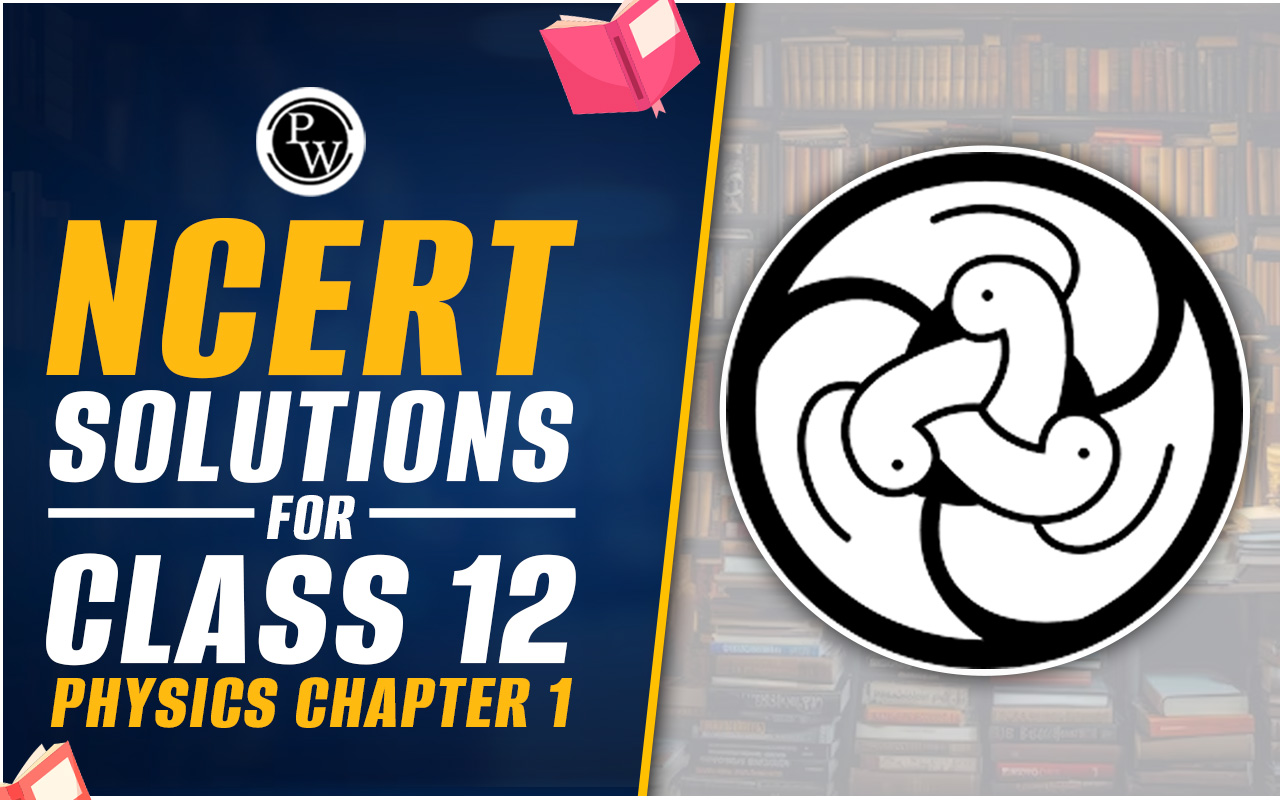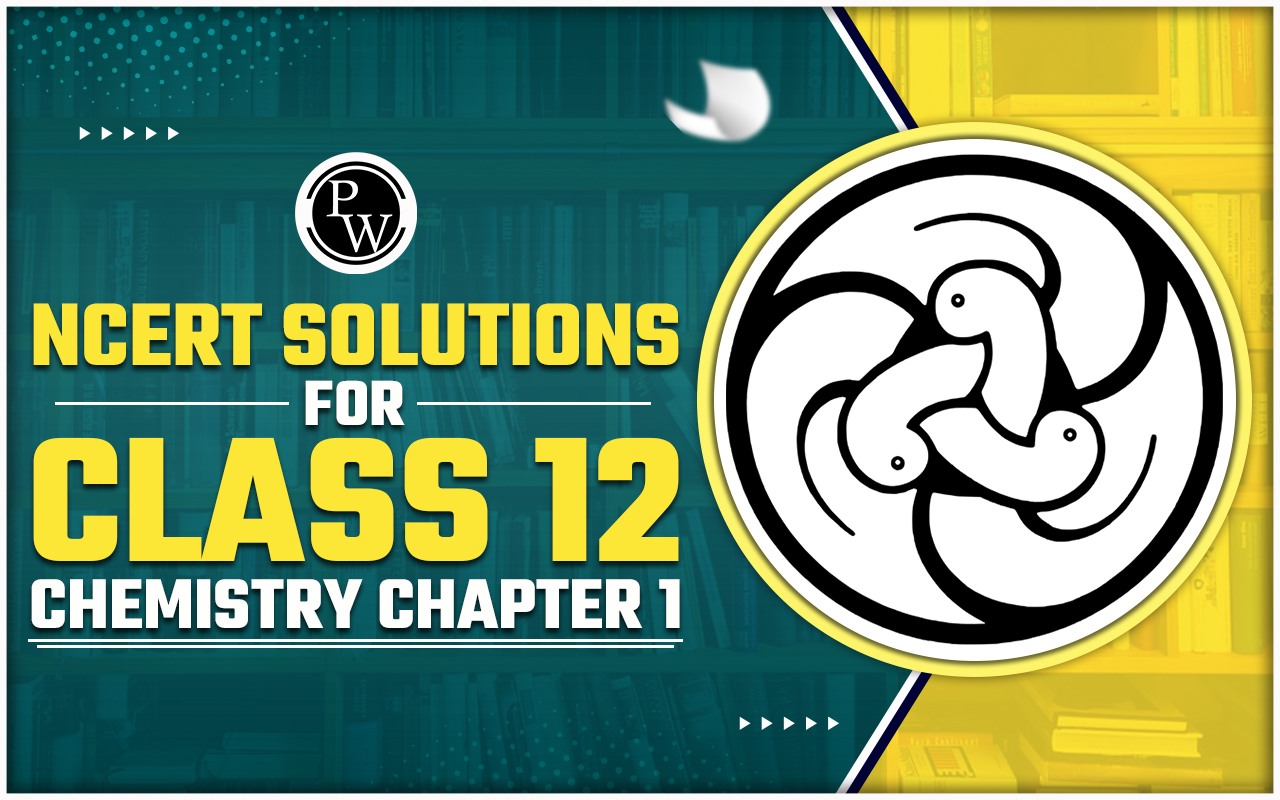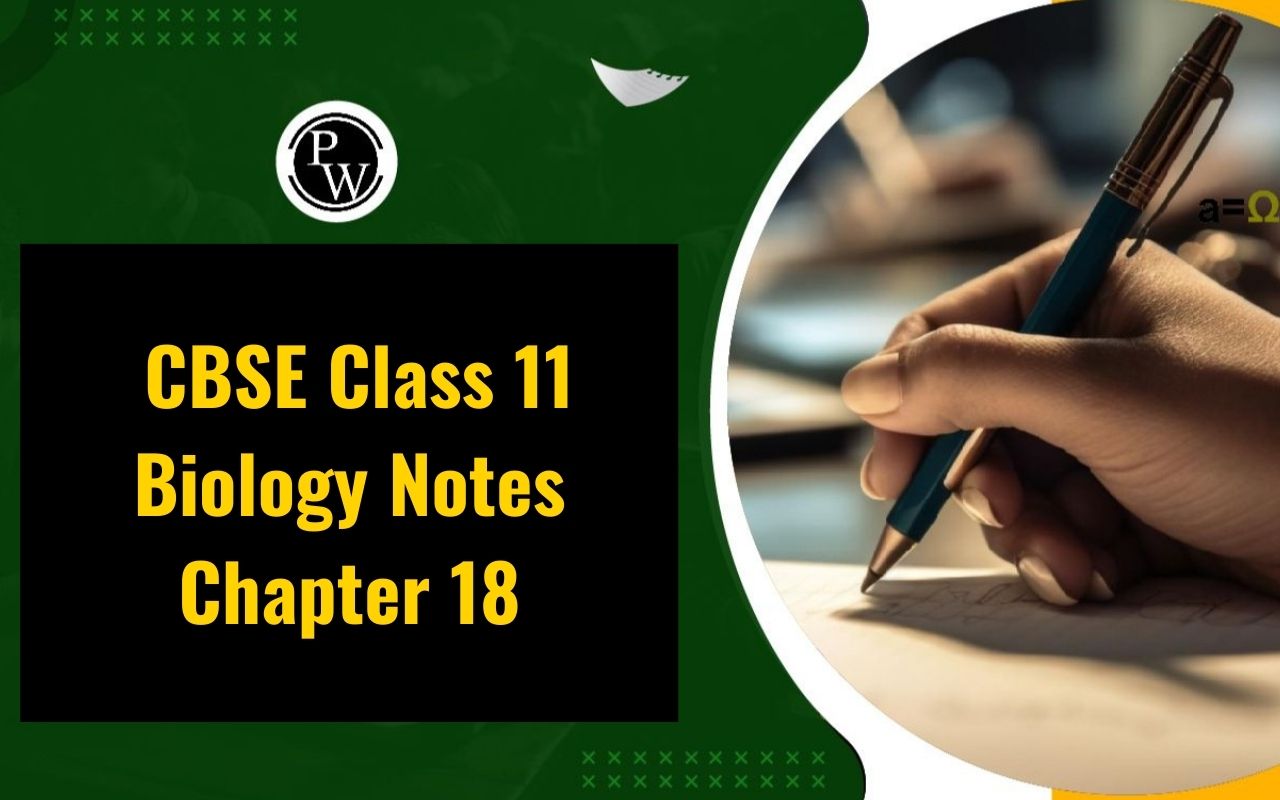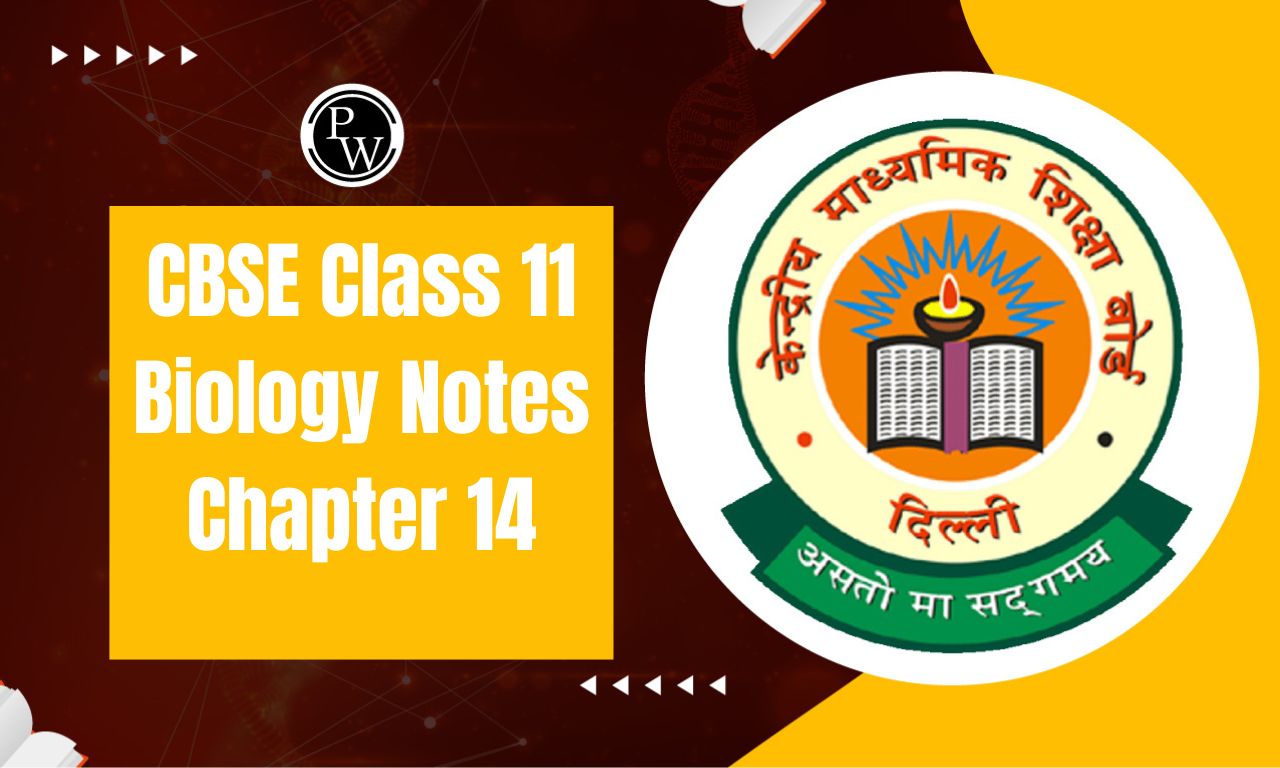
CBSE Class 11 Physics Notes Chapter 4: Physical quantities like force, acceleration, and displacement can be expressed by both magnitude and direction, in contrast to temperature, work, and distance, which can only be represented by magnitude. This is the main idea covered in Class 11 Physics Chapter 4 Motion on a Plane. If you are having trouble grasping any of the topics in this chapter, you can consult Motion on a Plane Class 11 Notes. Before the test, the Chapter 4 Class 11 Physics Notes can also be a huge assistance.
CBSE Class 11 Physics Notes Chapter 4 PDF
Physics 11 Motion on a Plane is a crucial chapter. As a result, we are offering revision study materials to aid students in quickly revising the Motion in a Plane chapter. We have included the numerous significant questions and answers from Motion in a Plane, which are necessary for students to learn, in our review study.CBSE Class 11 Physics Notes Chapter 4 PDF
CBSE Class 11 Physics Notes Chapter 4
Scalars and Vectors
A distinct number can be used to characterise some quantities. For instance, one number can be used to represent mass, time, distance, and speed. We refer to these as scalar quantities. One piece of knowledge is insufficient to explain to someone how to move from one place to another. It need both displacement and distance to properly explain this. Vectors are quantities that need to be measured in both magnitude and direction in order to completely characterise a situation. Vectors include things like velocity and displacement.
Addition, subtraction and scalar multiplication of vectors:
Consider two vectors as follows:
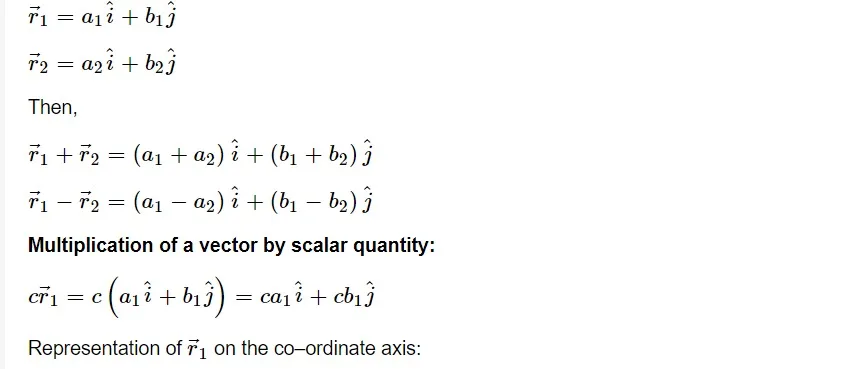
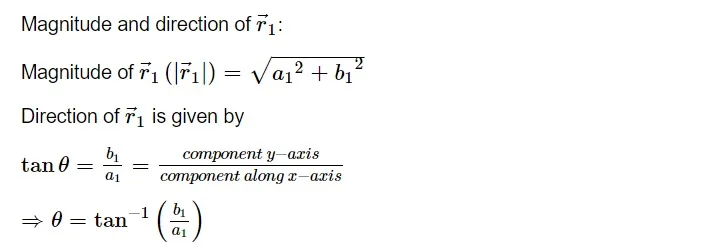
CBSE Class 11 Syllabus 2024-2025
Parallel vectors
If and only if two vectors have the same direction, they are said to be parallel. Any vector multiplied by a scalar yields a vector that is parallel to the original vector.Equality of vectors
If the corresponding magnitudes and directions of two vectors, which reflect two values of the same physical quantity, are the same, then they are said to be equal.
Addition of vectors
The solution is known as the resultant when two or more vectors are combined. When two vectors are combined, the outcome is equal to the first vector immediately after the second vector.

Subtraction of vectors

Zero vector

Resolution of vectors
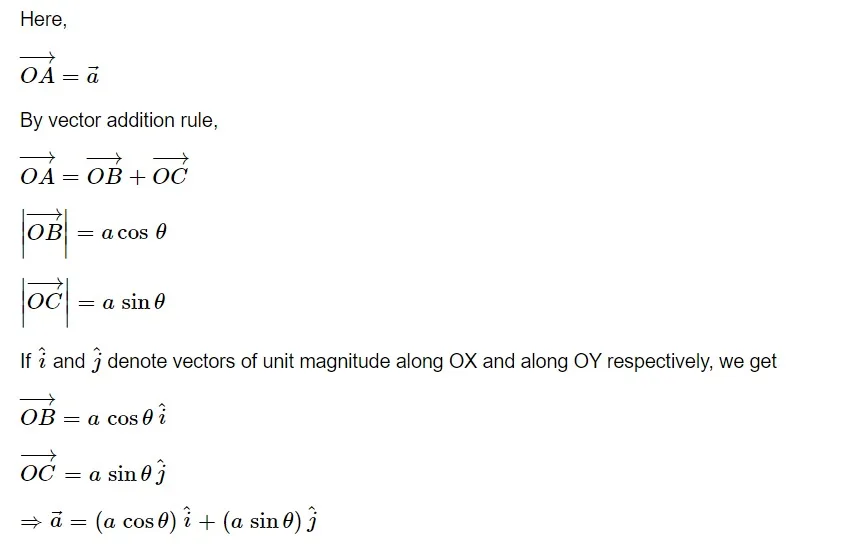
Motion In 2D (PLANE)
Position vector and Displacement


Average velocity

Instantaneous velocity
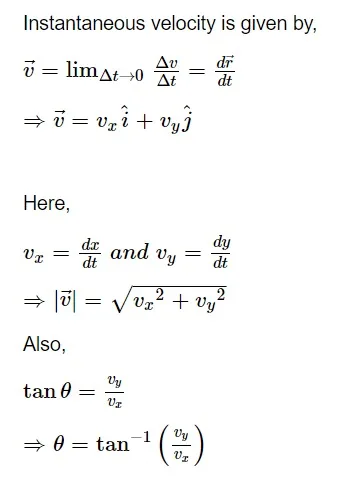
PROJECTILE MOTION
A particle moves in both horizontal and vertical directions simultaneously when it is propelled obliquely near the earth's surface. Projectile motion is the term used to describe the motion of such a particle.Here, a particle is projected at an angle with an initial velocity ‘u’.
Considering the projectile motion given in the diagram above, let us calculate the following:
(a) time taken to reach A from O
(b) horizontal distance covered (OA)
(c) maximum height reached during the motion
(d) velocity at any time ‘t’ during the motion
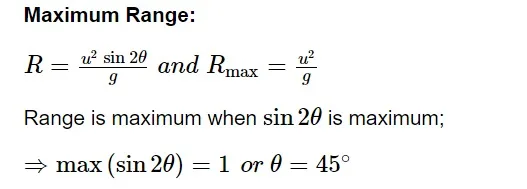
Equation of trajectory
The path the body follows is referred to as a trajectory. After removing time, we should establish the relationship between y and x in order to calculate the trajectory.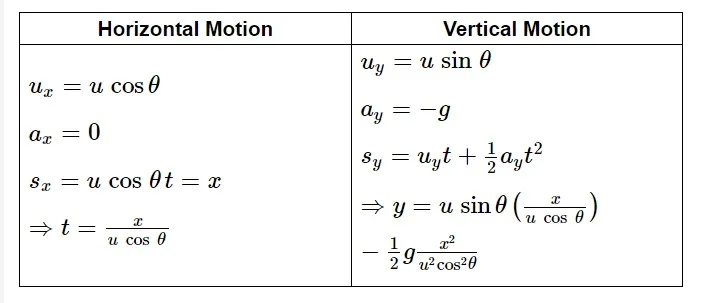
Relative Motion
Relativity is a very common term. In physics, we use relativity very oftenly.Case I: If you are observing a car moving on a straight road, then you say that the velocity of car is 20m/s; which means that velocity of car relative to you is 20m/s; or, velocity of car relative to the ground is 20m/s (as you are standing on the ground.
Case II: If you go inside this car and observe, you would find that the car is at rest while the road is moving backwards. Then, you would say, the velocity of the car relative to the car is 0m/s.

Benefits of CBSE Class 11 Physics Notes Chapter 4
Now let's see how reviewing from these Motion in a Plane revision notes would help CBSE Class 11 students:- Students can always refer to this free review PDF; they are not obliged to create any additional study materials.
- Because the notes are carefully chosen by experienced instructors, students may trust them.
- Students won't need to look for questions in other study materials because they will receive all the crucial questions in a single capsule.
- The students can rewrite this study information clearly, so they can concentrate on other things.
- This review material will assist a student in staying in touch with the previously studied chapters, as revision will help them do.
CBSE Class 11 Physics Notes Chapter 4 FAQs
What is the 4th chapter of Physics class 11?
Is class 11 Physics difficult in CBSE?
Which chapter is very important in Physics class 11?

